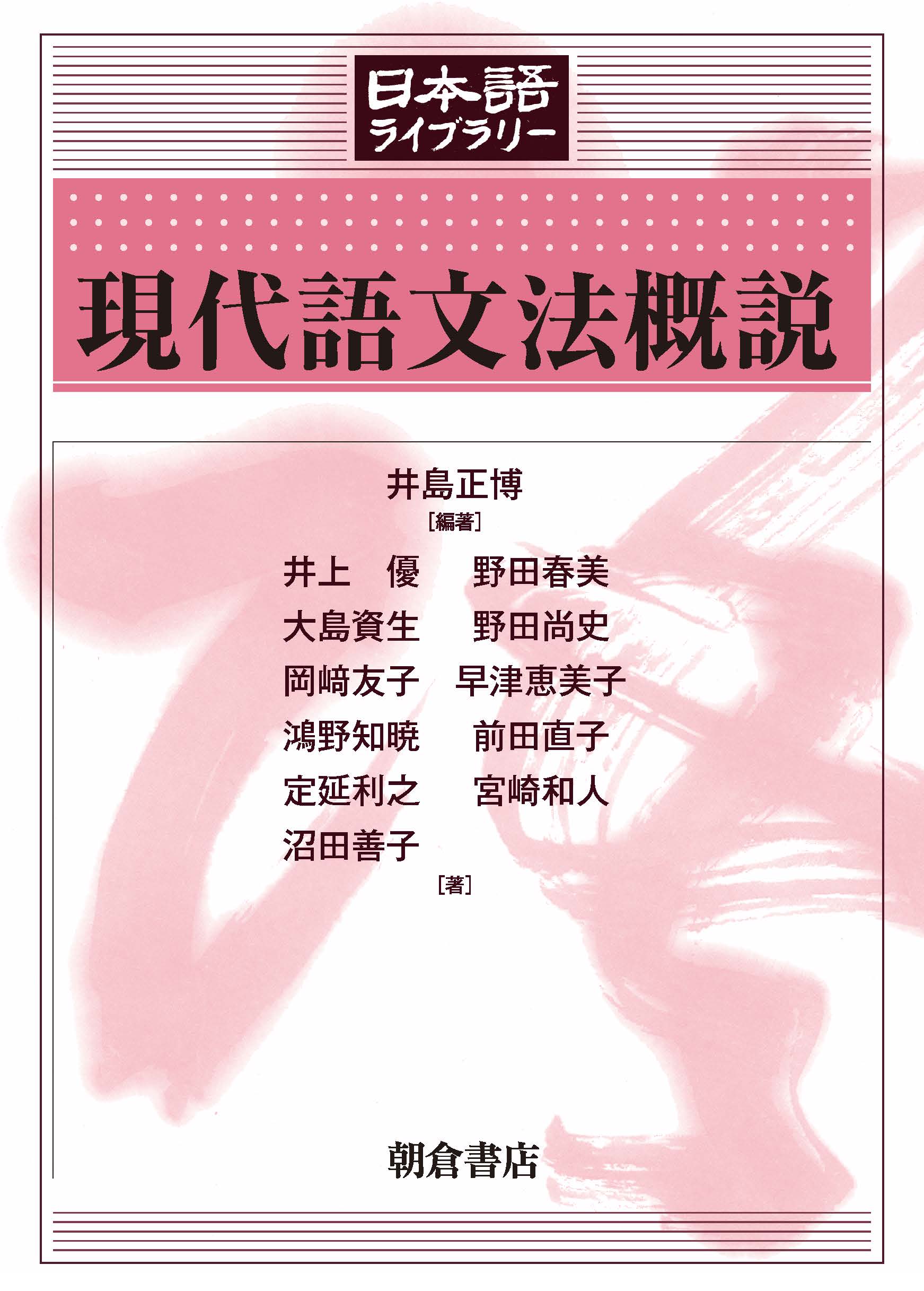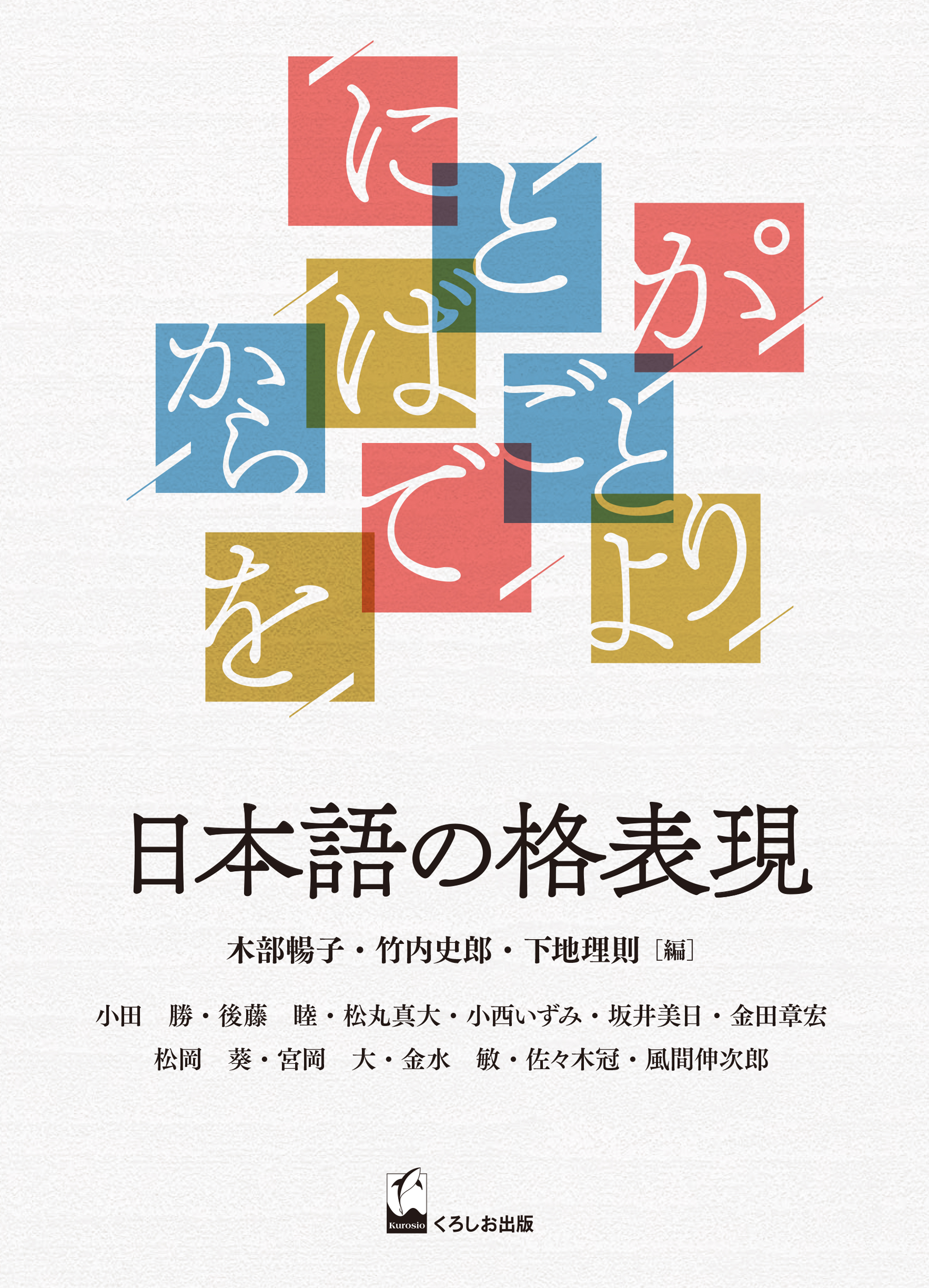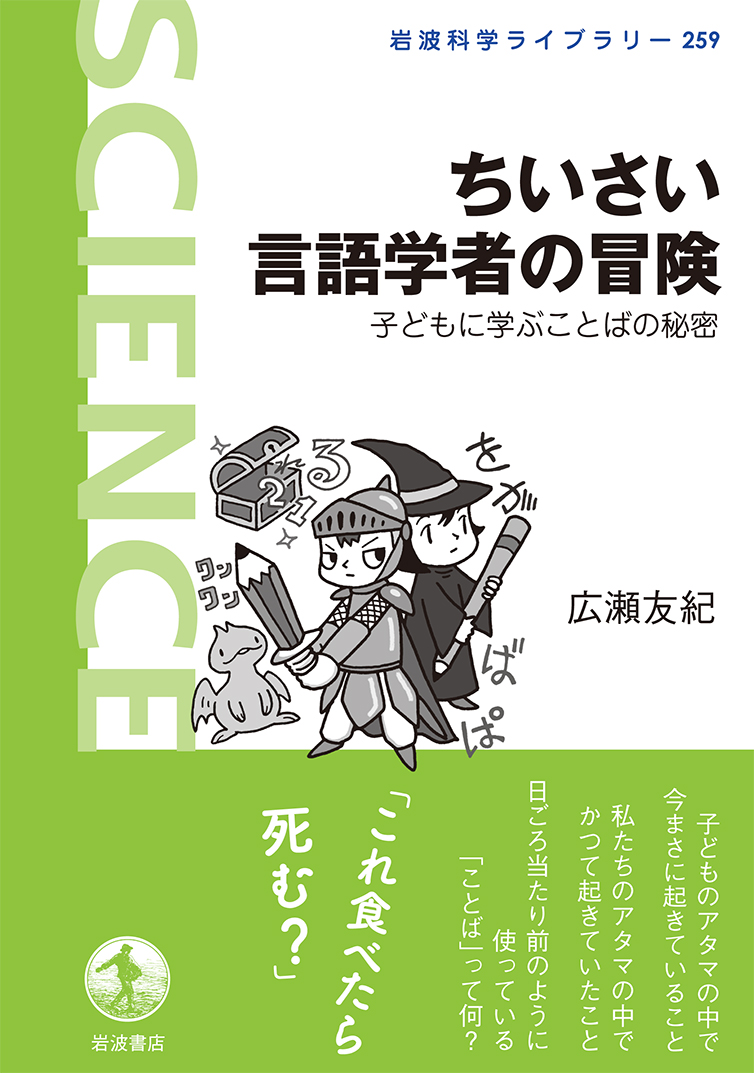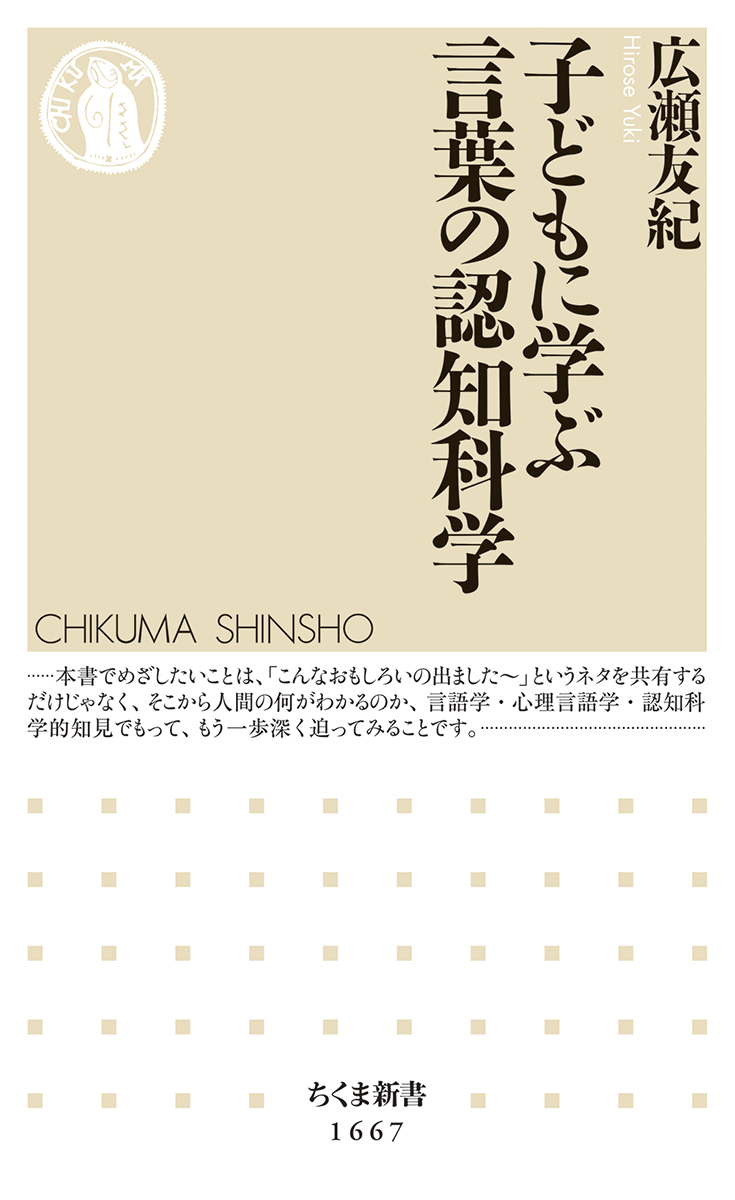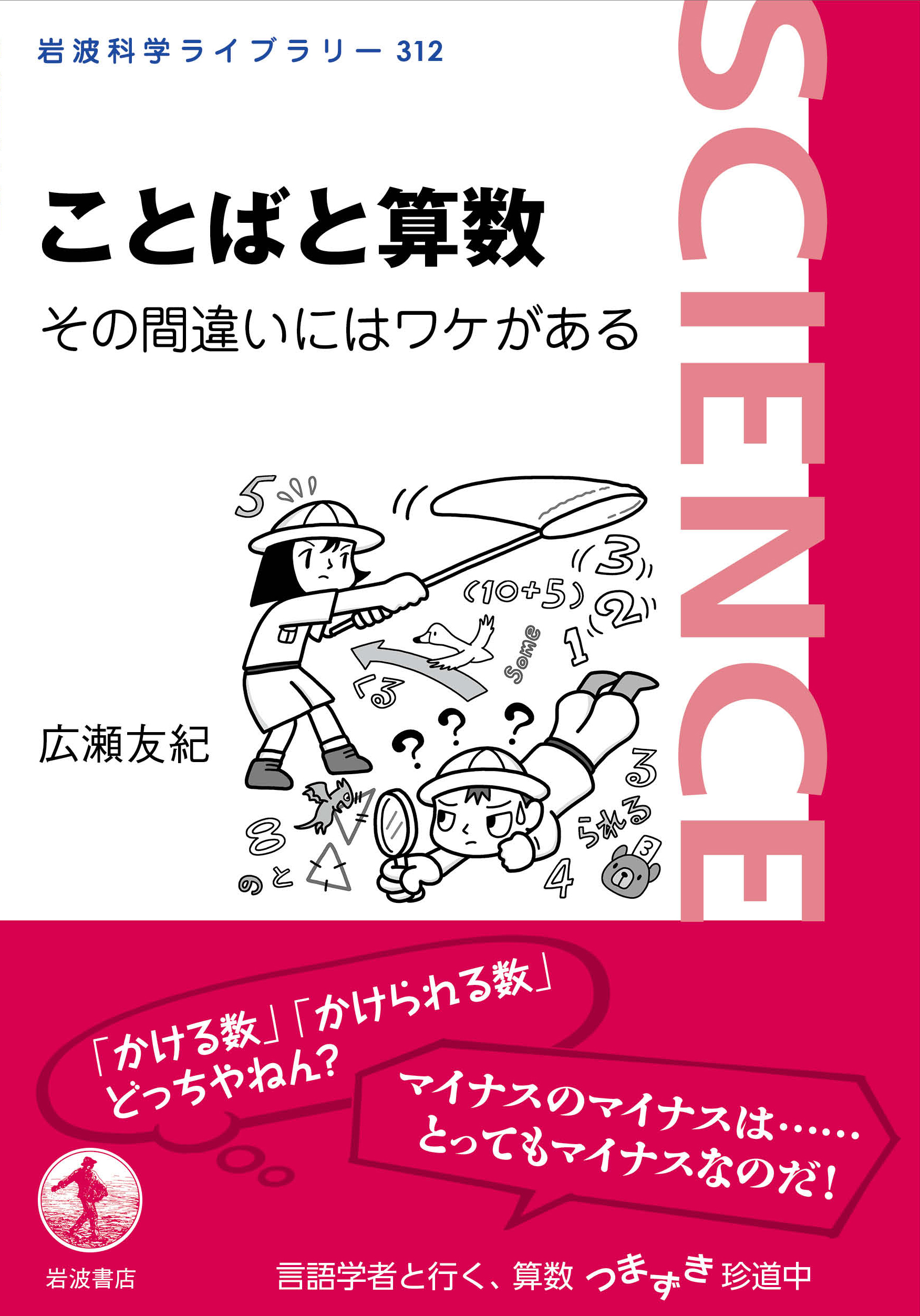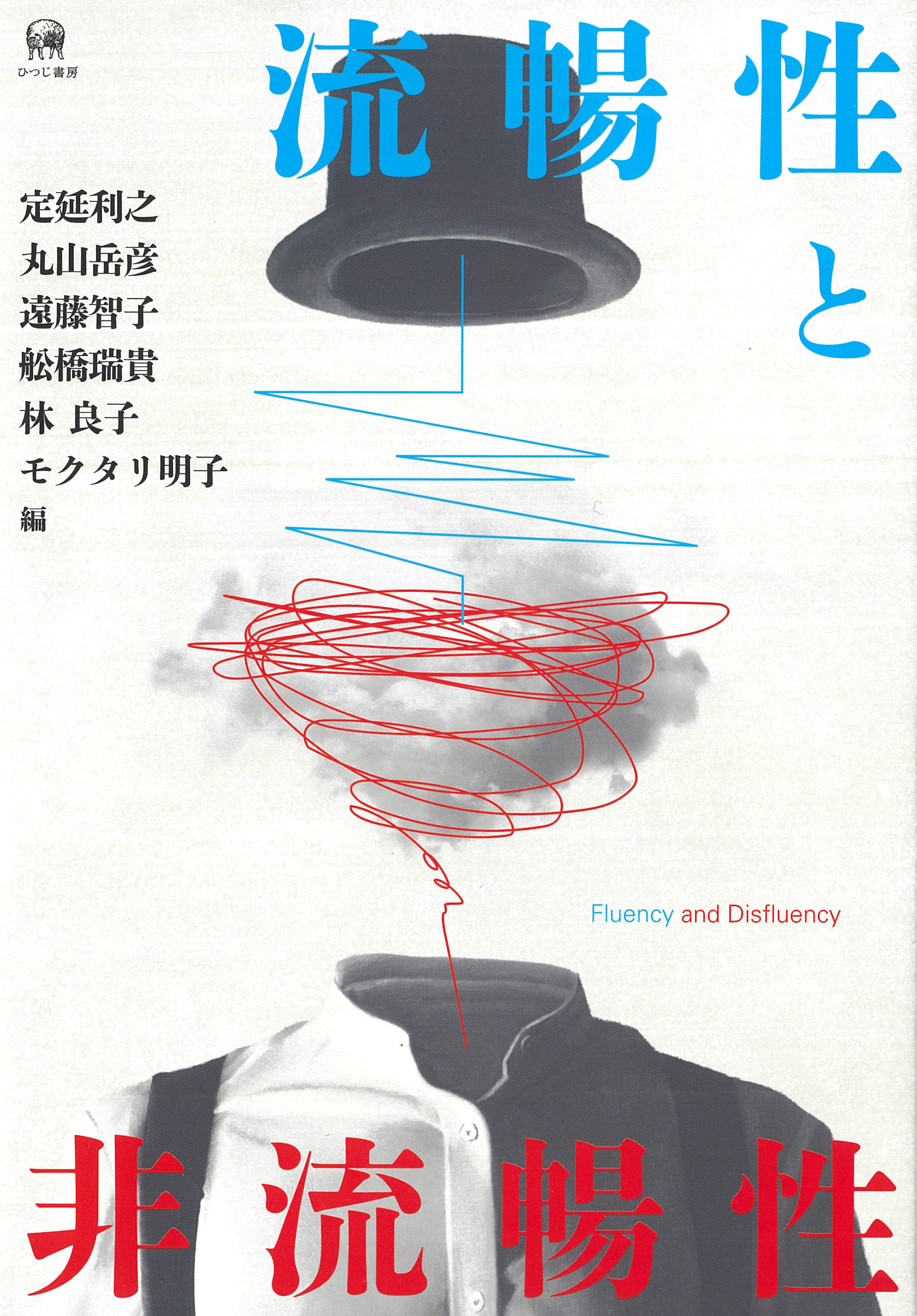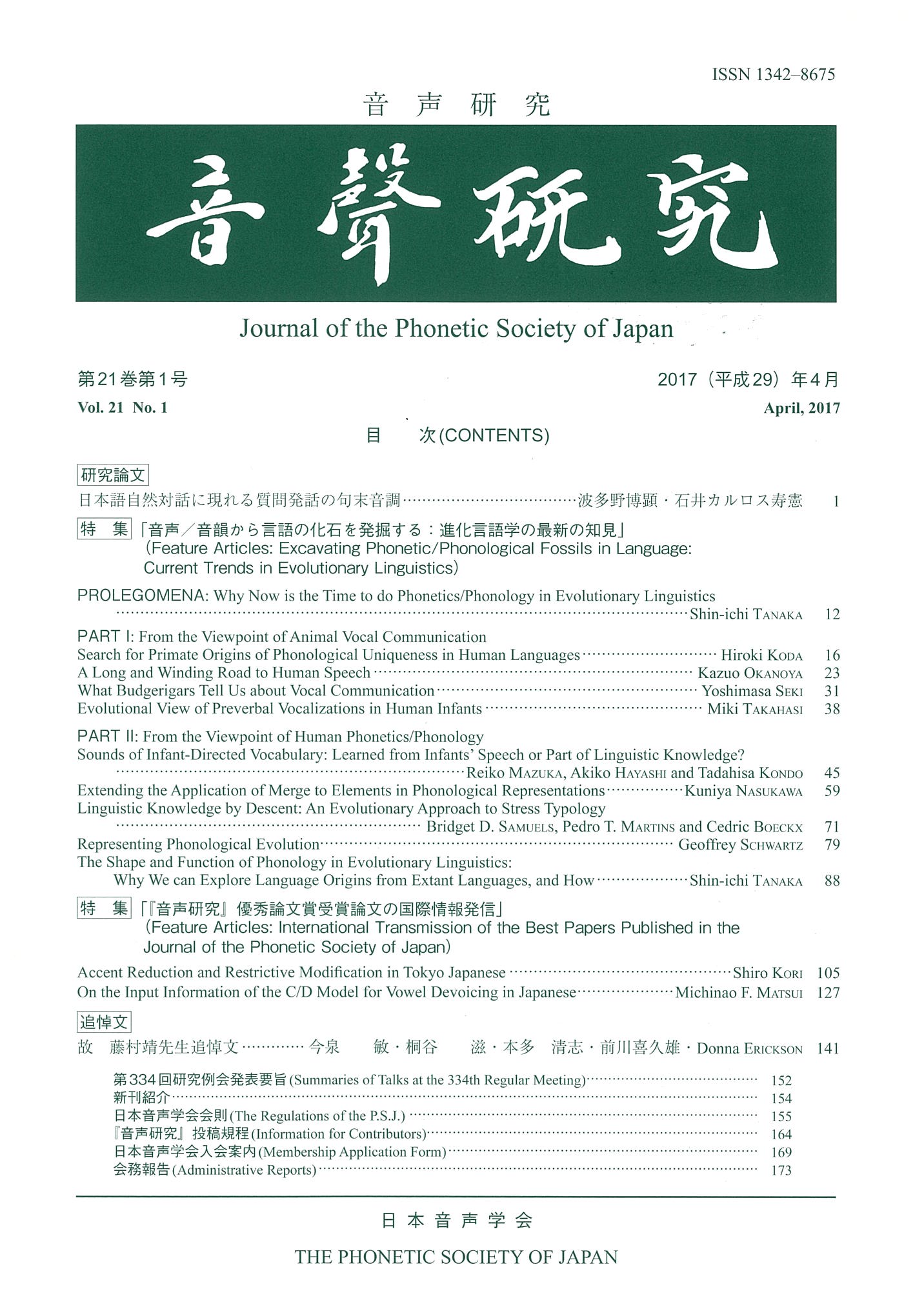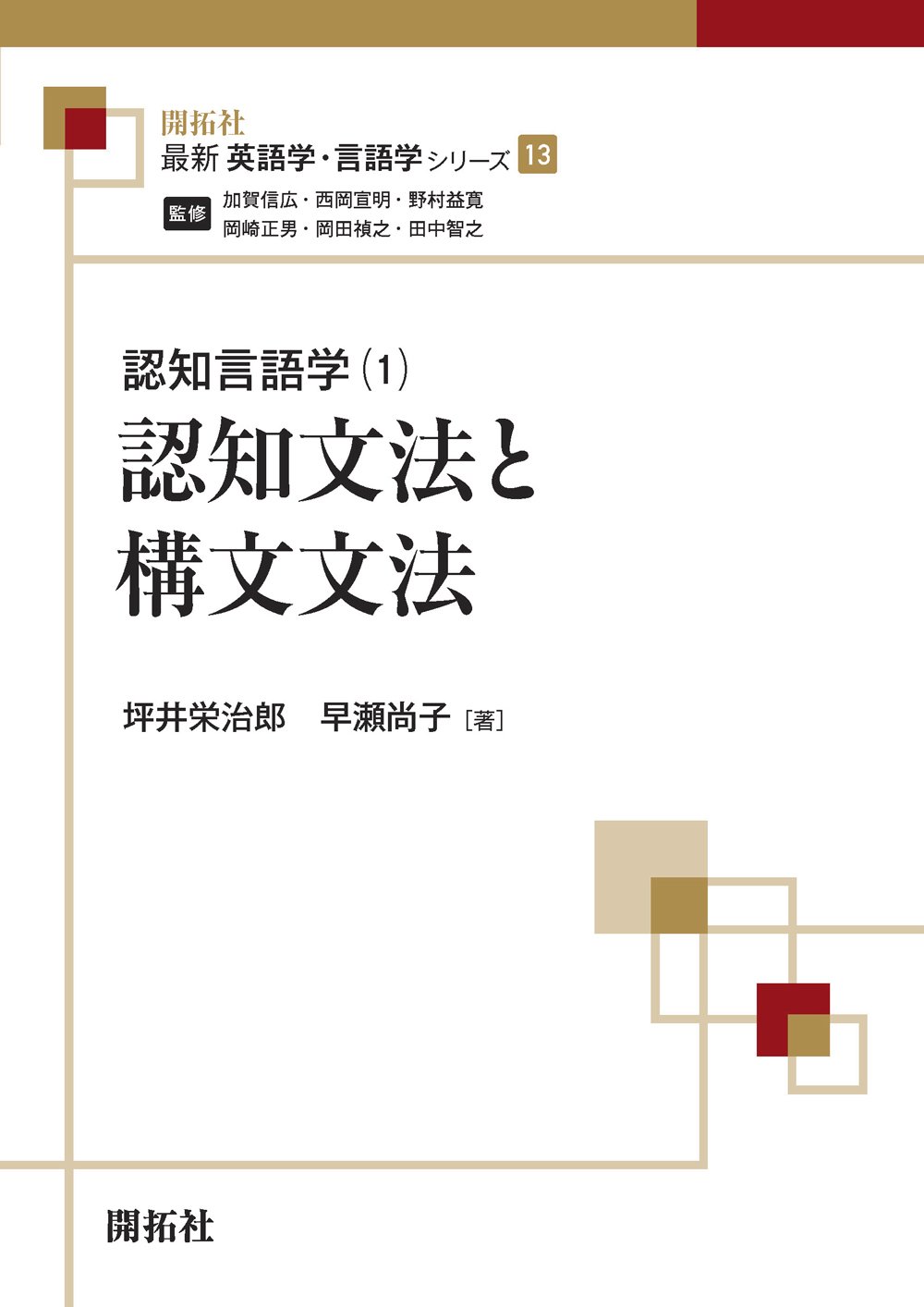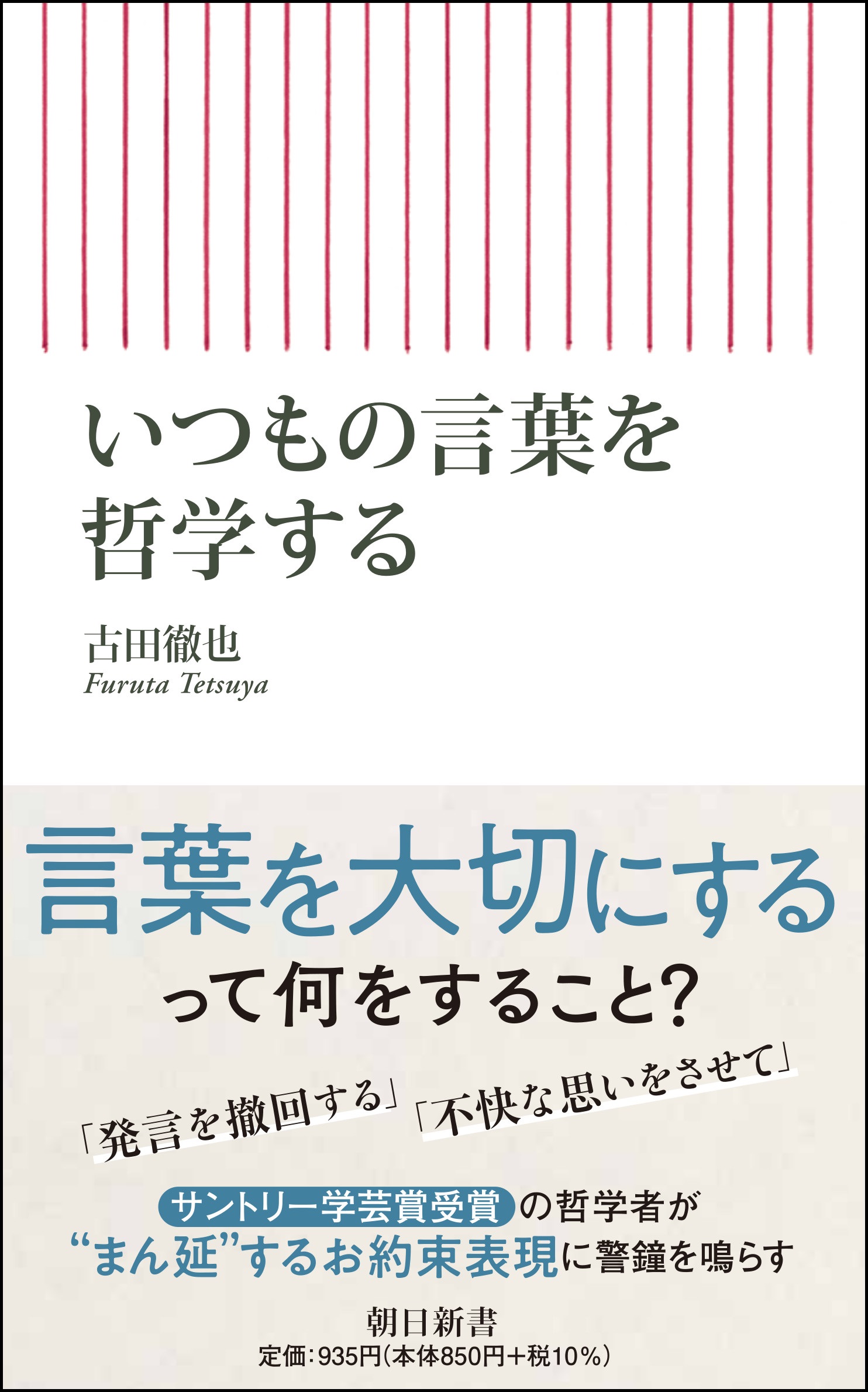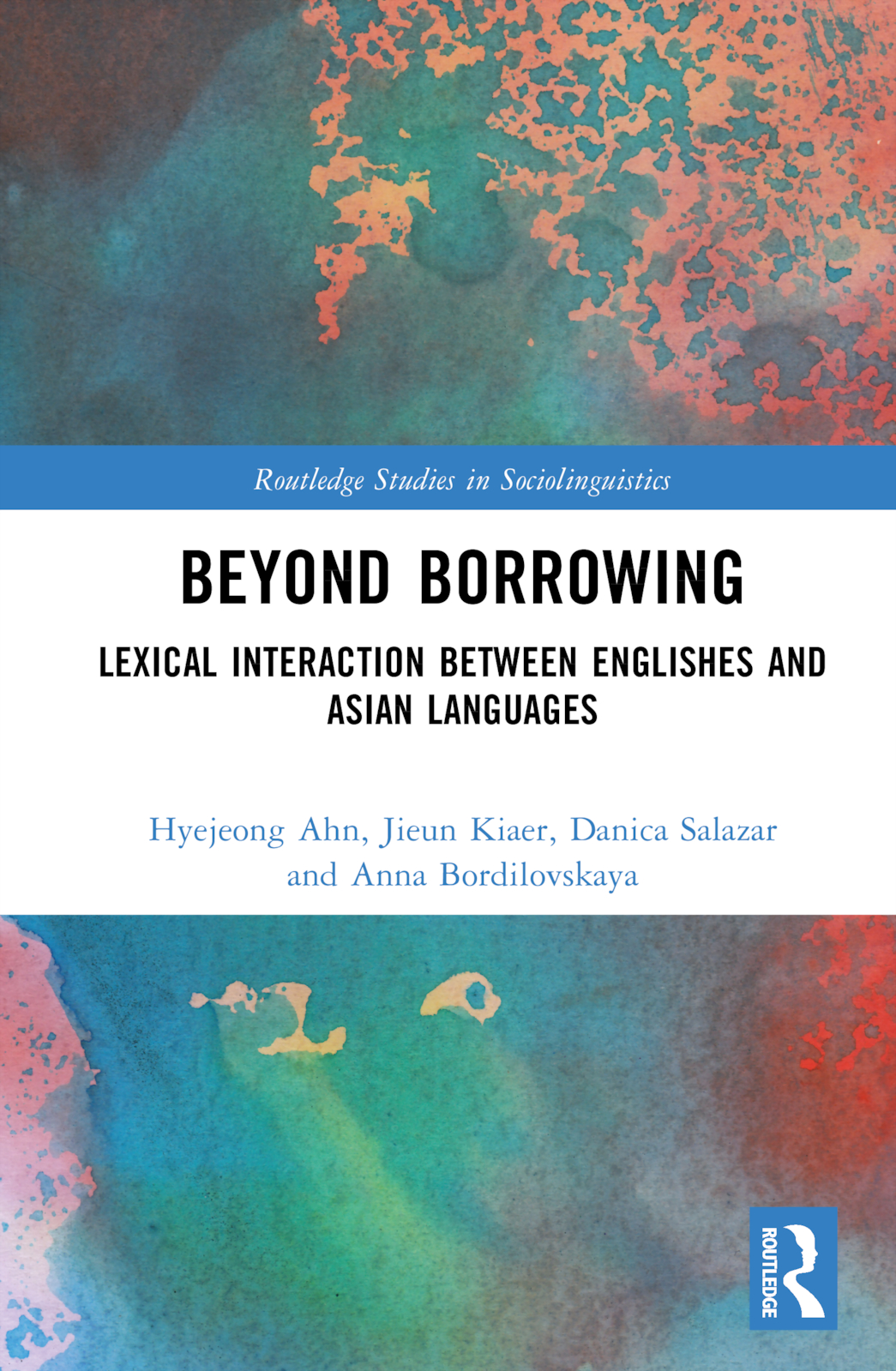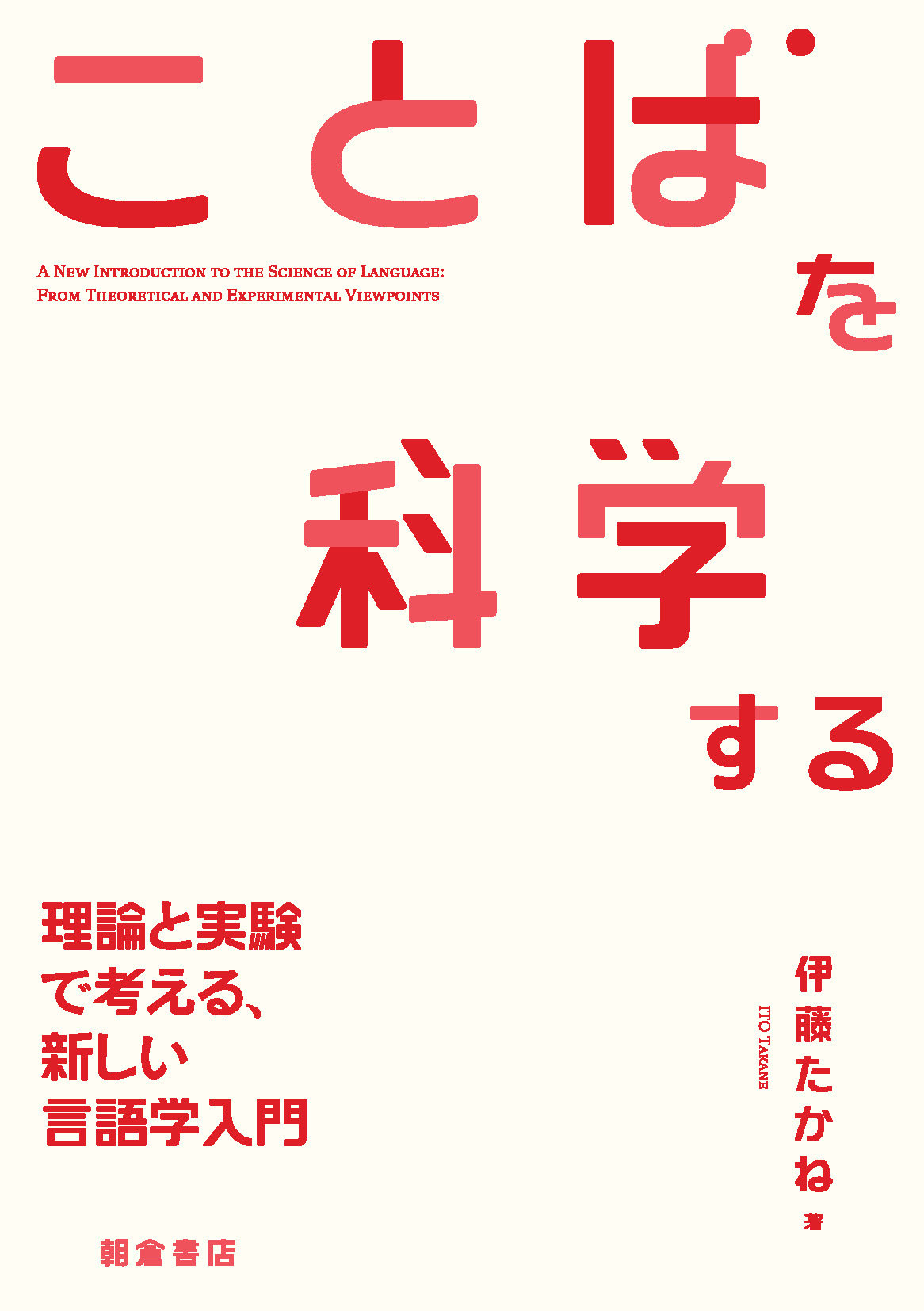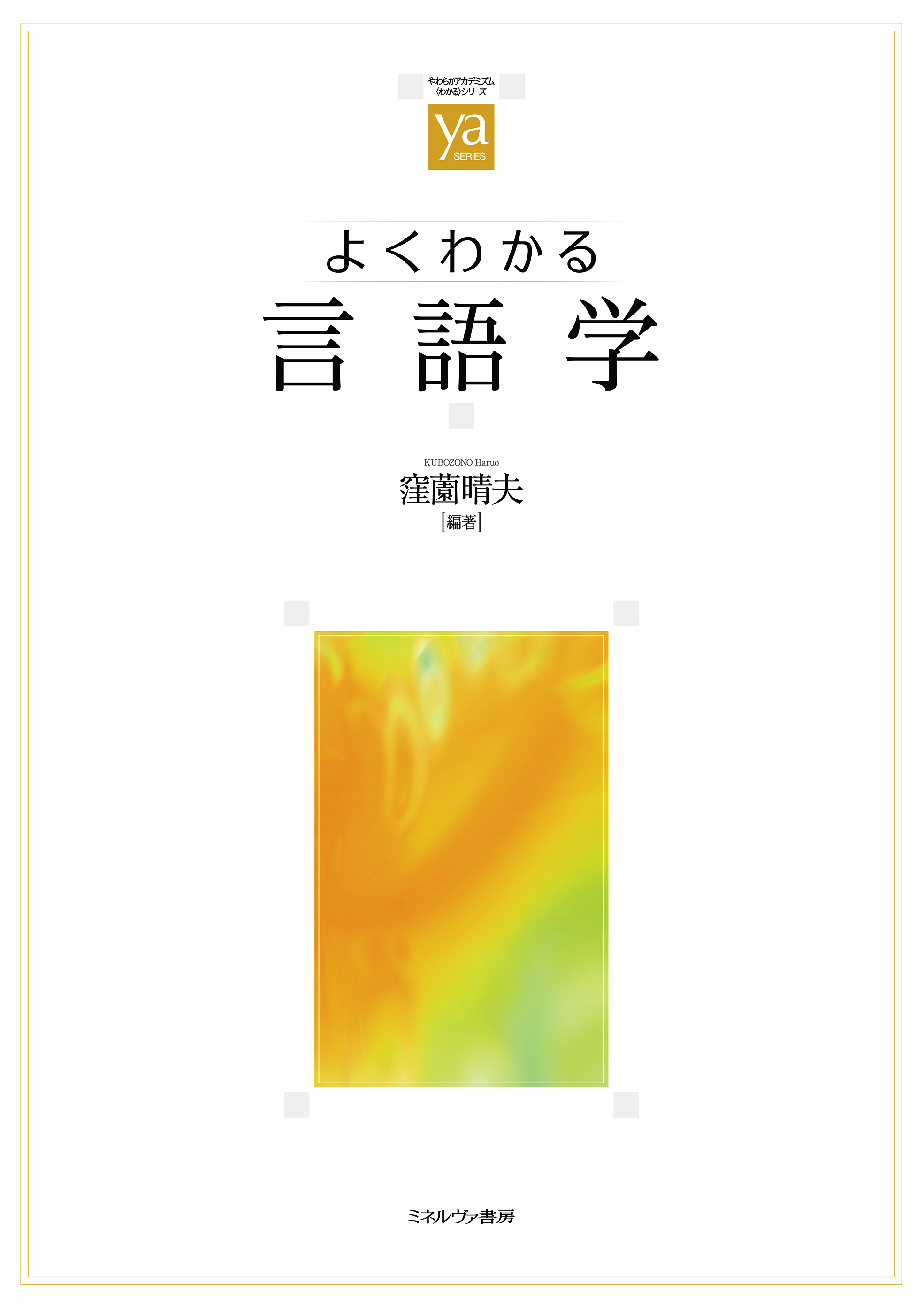
Title
Yawaraka Akademizumu Series
Yoku Wakaru Gengogaku
(Understanding Linguistics)
Size
232 pages, B6 format
Language
Japanese
Released
October 31, 2019
ISBN
9784623086740
Published by
Minerva Shobo
Book Info
See Book Availability at Library
This book is an introduction to linguistics and aims to convey the fun of linguistics and the wonder of language(s) to university students majoring in linguistics-related fields, researchers in other disciplines, and readers in general.
It was written by thirteen specialists, namely, Dr. Haruo Kubozono, the editor, and in order of authorship, Dr. Kenichi Takami, Dr. Katsumi Shibuya, myself (Naonori Nagaya), Dr. Yoko Sugioka, Dr. Ayumi Ueyama, Dr. Toshiyuki Sadanobu, Dr. Tomoko Matsui, Dr. Hirofumi Aoki, Dr. Yuki Hirose, Dr. Masatoshi Koizumi, Dr. Kimi Akita, Dr. Kazumi Matsuoka. We discuss linguistic theories, such as functional grammar, generative grammar, cognitive linguistics, and other current topics like onomatopoeia and sign language, in addition to phonetics, phonology, morphology, syntax, pragmatics, historical linguistics, sociolinguistics, psycholinguistics, experimental linguistics, and linguistic typology.
Although the book is positioned as an introduction to linguistics, it differs from other introductory books on linguistics; this book emphasizes the most exciting aspects of each field. Each author writes about the topic that they find most exciting in their field. When you take a course such as Introduction to Linguistics at a university or another institution, you can learn details about the fields of linguistics; however, you won't necessarily be exposed to the specific topics that experts in each field consider important. This book bridges that gap.
I contributed the chapters on linguistic typology to this book. Linguistic typology is a field of study in which linguists compare the languages of the world, examine their similarities and differences, and investigate properties common to human languages. These chapters address different types of language universals, word order typology, alignment typology, and semantic typology.
Finally, I would like to provide a recommended use for this book. Although this book is an introduction to linguistics, it is not necessarily an exhaustive guide to the knowledge needed in each field. For such purposes, it is advisable to take introductory courses such as Introduction to Linguistics at a university, after which the real value of this book comes into play. Often, despite taking introductory lectures or reading introductory books, how they relate to your everyday language or research questions is not evident. In such cases, this book will help you bridge the gaps between your basic knowledge of linguistics and related questions. Undergraduates could use this book as a guide to find topics for their graduation thesis in linguistics—a recommendation I make in my classes at the University of Tokyo. I hope you will also experience the fun of linguistics through this book.
(Written by NAGAYA Naonori, Associate Professor, Graduate School of Humanities and Sociology / 2021)



 Find a book
Find a book


